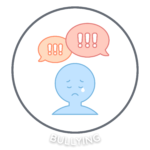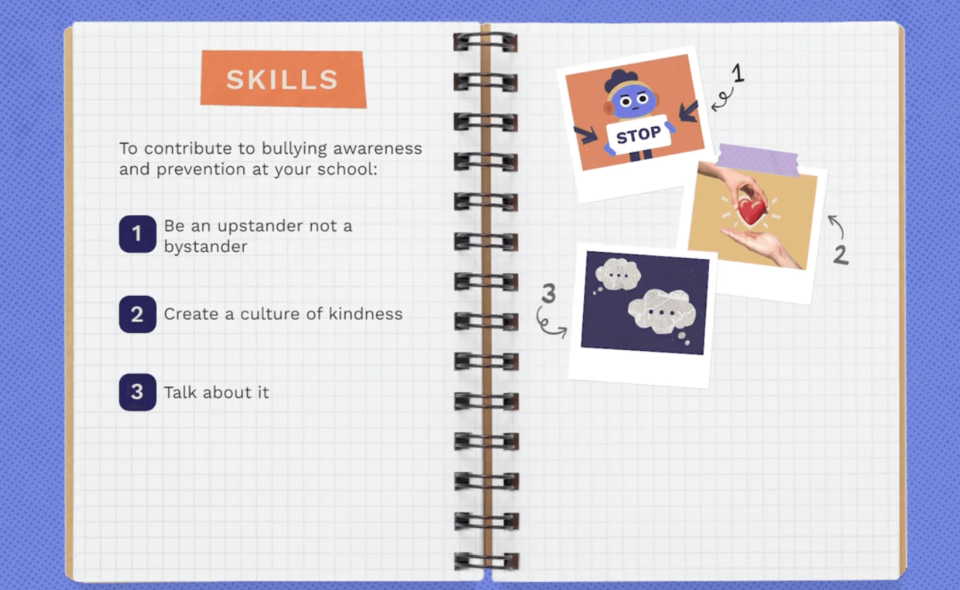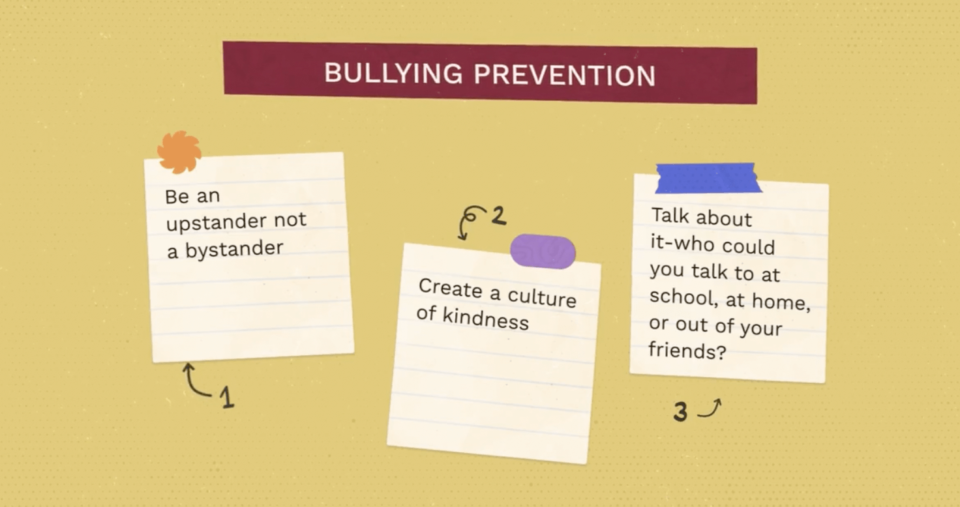
Bullying remains a persistent problem in schools around the globe. Addressing this issue effectively involves not only recognizing the signs of bullying but also empowering students to take active roles in prevention. Use this Bullying Awareness & Prevention Lesson to transform students from bystanders into proactive upstanders. By incorporating simple, no-prep games and activities into your curriculum, you can make a significant impact on bullying prevention in your classroom.
Understanding the Role of an Upstander
Before we delve into the activities, let’s define what being an upstander involves. An upstander is someone who notices bullying and chooses to respond in a way that could make a positive difference. Unlike bystanders, who passively watch or ignore bullying, upstanders take action to help someone in need, whether by intervening directly, distracting from the situation, or seeking help.
1. Introduction to Bullying and Upstanding (Duration: 15 minutes)
Objective: Students will understand what bullying is and the importance of being an upstander.
Activity: Begin with a class discussion to explore what students know about bullying. Use simple questions to engage them:
- What is bullying?
- How do you think the person being bullied feels?
- What can we do if we see someone being bullied?
Transition: Explain that everyone has the power to make a difference, and today’s lesson will teach them how to do that.
2. Role-Play Scenarios (Duration: 30 minutes)
Objective: Students will learn how to react in situations where they witness bullying.
Activity: Divide the class into small groups and give each group a different scenario involving a bullying situation. Provide guidelines on how to handle the situation as an upstander. After role-playing, discuss as a class what they did and why it matters.
Transition: Congratulate the students on their thoughtful responses and emphasize that these actions can be used in real-life situations.
3. The Upstander Game (Duration: 20 minutes)
Objective: Reinforce the concept of upstanding through a fun, interactive game.
Activity: Play a game similar to “Simon Says,” but with upstander-themed commands, like “Simon Says, help someone who is left out” or “Simon Says, tell a teacher about bullying.” This activity not only reinforces the lesson but also makes the learning process enjoyable.
Transition: Discuss how these actions can be applied in their everyday school life.
4. Creative Expression (Duration: 25 minutes)
Objective: Allow students to express what they’ve learned about bullying prevention through art.
Activity: Have students draw posters or write simple poems about being an upstander. Display these in the classroom or around the school to remind others of the importance of bullying prevention.
Transition: Reflect on how creativity can also be a powerful tool in expressing feelings and spreading important messages.
5. Conclusion and Reflection (Duration: 10 minutes)
Objective: Summarize the key points learned and encourage a commitment to being upstanders.
Activity: Have a closing circle where students can share one thing they learned and one action they promise to take when they see bullying.
Unlock Bullying Awareness materials by signing up for your free trial today – no credit card required!
Get more Bullying materials here!
Instant access to thousands of no-prep social skills activities, over 1000+ video lessons, and engaging games designed to enhance learning and development.
Bullying Video Lesson from Everyday Speech
Each grade of our SEL curricula offers lessons on Bullying in the “Social Awareness Unit”. See stills from this sample video titled “Bullying Awareness & Prevention”. We break down what bullying is and is not.

We then provide real life examples, using the evidence-based practice of video modeling to teach kids how to recognize and respond to bullying. After each video, we reinforce the skill breakdown with a PDF that can be hung in class as a reminder and provide discussion questions to facilitate a classroom conversation.

Sample Video
Students learn best from watching real students their own age model skills. Try out this sample video lesson. We offer our entire Social-Emotional Learning platform free for 14 days here!
Related Blog Posts:
Try the no-prep way to teach Handling Teasing and Bullying
Free Printable High School Bullying Worksheet
Bullying Activities for Elementary Students





